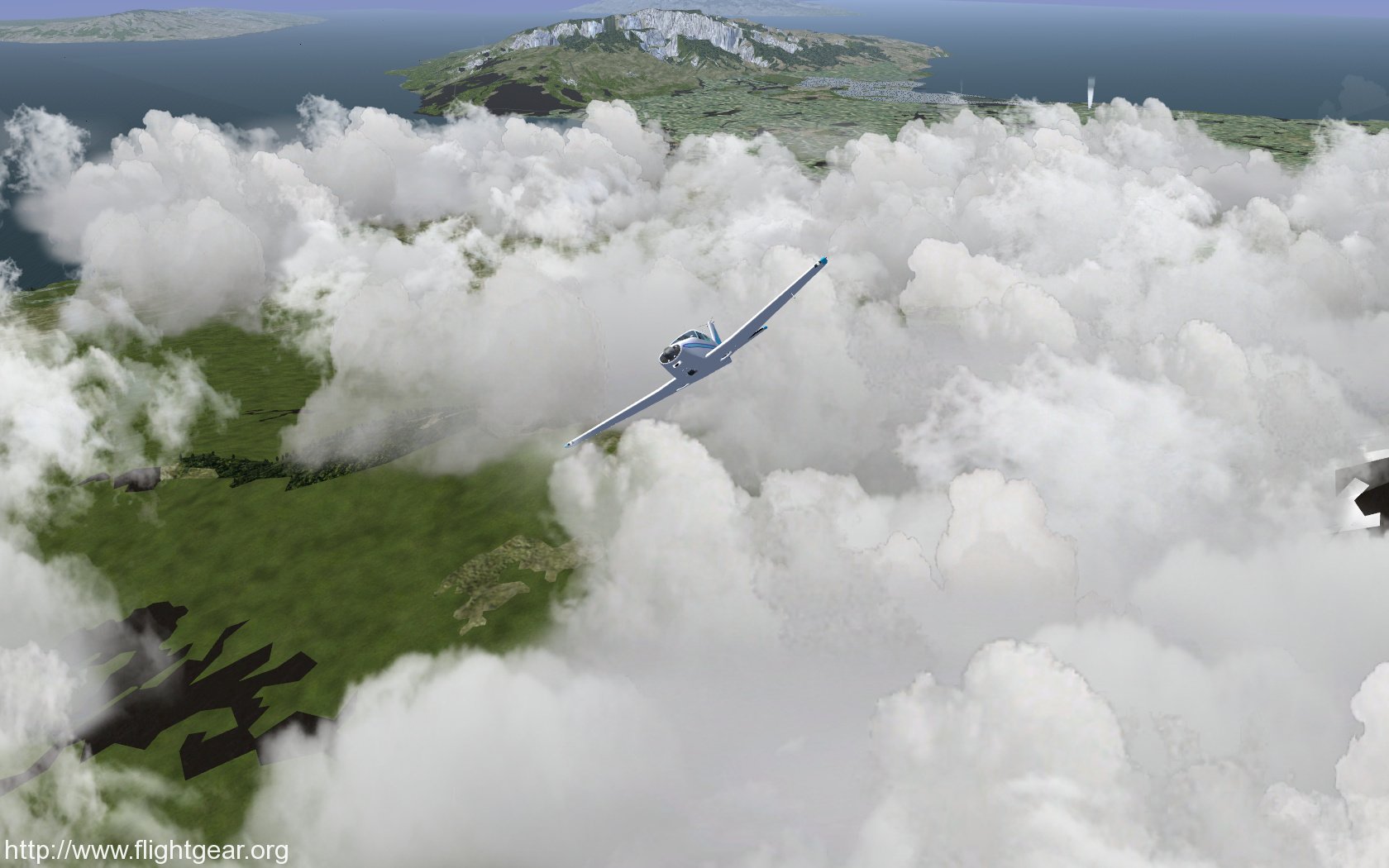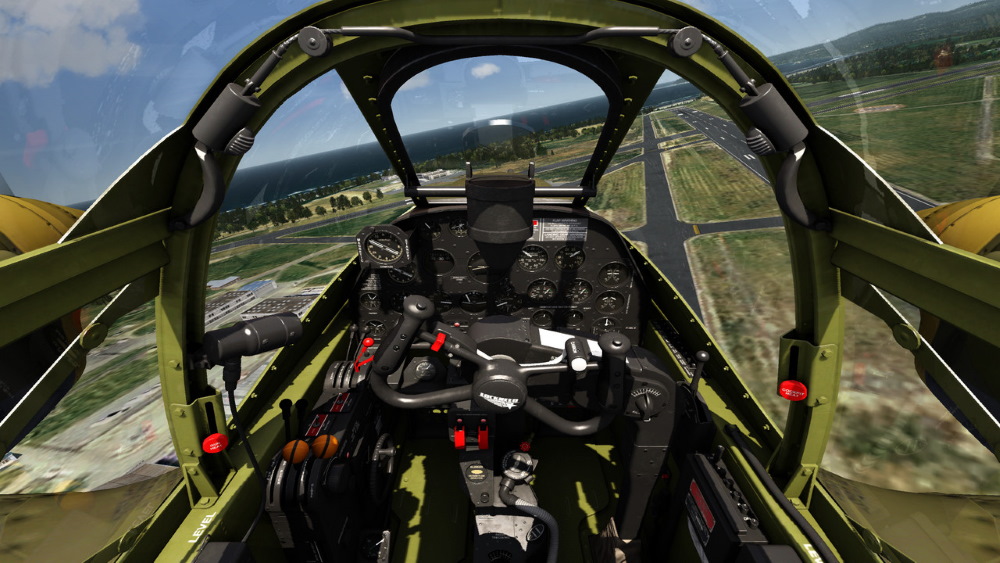

OR depend on OpenXR and GLX, and explicitly pass `-DSYSTEM_OSGXR=OFF` to CMake so the built-in osgXR is built statically.preferably depend upon an osgXR package providing the osgXR dynamic library.To avoid implicit dependencies when packaging, packagers may need to do ONE of the following: In any case it will print a message along the lines of - VR support enabled/disabled. If no OpenXR is found it will disable VR support.If no osgXR library is found it will check for OpenXR and if found it will build its own static built-in copy of osgXR to use.Look for the osgXR library, and if found it will link against that (same as -DSYSTEM_OSGXR=ON).

When CMake runs for FlightGear (next or osgxr/osgxr_clean branches), by default it will attempt to enable VR on Windows and Linux (same as -DENABLE_VR=ON). More FGData changes can be found on James Hogan's osgxr branch (non-rebased branch), or osgxr_clean branch (clean history, may be rebased).More SimGear changes can be found in James Hogan's osgxr branch (non-rebased branch), or osgxr_clean branch (clean history, may be rebased).A mirror is available on github for issue tracking. More FlightGear changes can be found on James Hogan's osgxr branch (non-rebased branch), or osgxr_clean branch (clean history, may be rebased).On Windows, you can use the Windows nightly builds.flightgear-git, simgear-git, flightgear-data-git. On ArchLinux, you can use the -git AUR packages, i.e.
Flightgear vr code#

Flightgear vr install#
On ArchLinux, you can install the osgxr AUR package to get the version needed by FlightGear's next branches.osgXR source can be found on github, or the version included in the flightgear 3rdparty directory can be used.
Flightgear vr portable#
The portable OpenXR API now seems to be getting widespread adoption, which will allow FlightGear to support a variety of VR devices across multiple platforms. Similar technologies are already used by the military, but the Aero Glass will be marketed to private plane owners or even truck drivers.A previous attempt to support some form of VR is described in OculusImplementation. The glasses would enable pilots to access the flight data they need without taking their eyes off the skies. The training simulates emergency procedures as well as external aircraft inspections, allowing personnel to train anytime, anywhere.Īero Glass is also testing special glasses that display navigation information and flight instruments over a pilot’s vision. Using motion controls from D-Box technologies, the interactive simulation mimics all aspects of flight, from the airplane controls to shaking turbulence.Īnother VR development firm, Future Visual, is using virtual reality technology to train flight attendants and ground crew. Popular simulator company, Bohemia Interactive Simulations is one of the first to introduce a 3D flight simulator for VR headsets. Now, with the mainstream availability of virtual reality, the aviation industry is beginning to adopt the technology as a cost-effective and useful tool for pilots in training. Although high-end flight simulators offer a more realistic experience by using actual airplane cockpits, these units are often expensive and bulky. Today, it is common for pilots in training to learn technical and problem-solving skills through simulated flights on computer screens. Flight simulation has been used for pilot training since World War I.


 0 kommentar(er)
0 kommentar(er)
